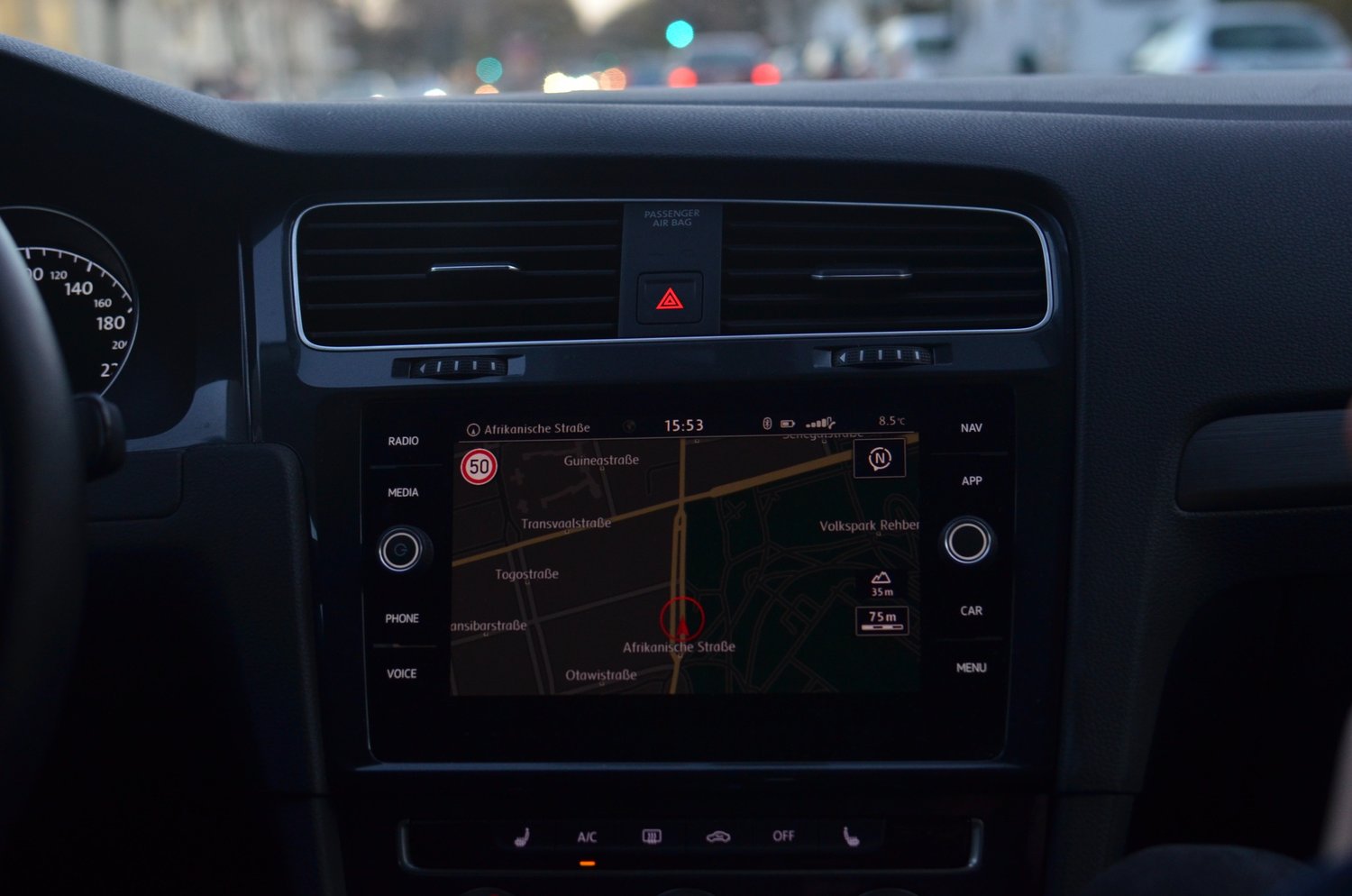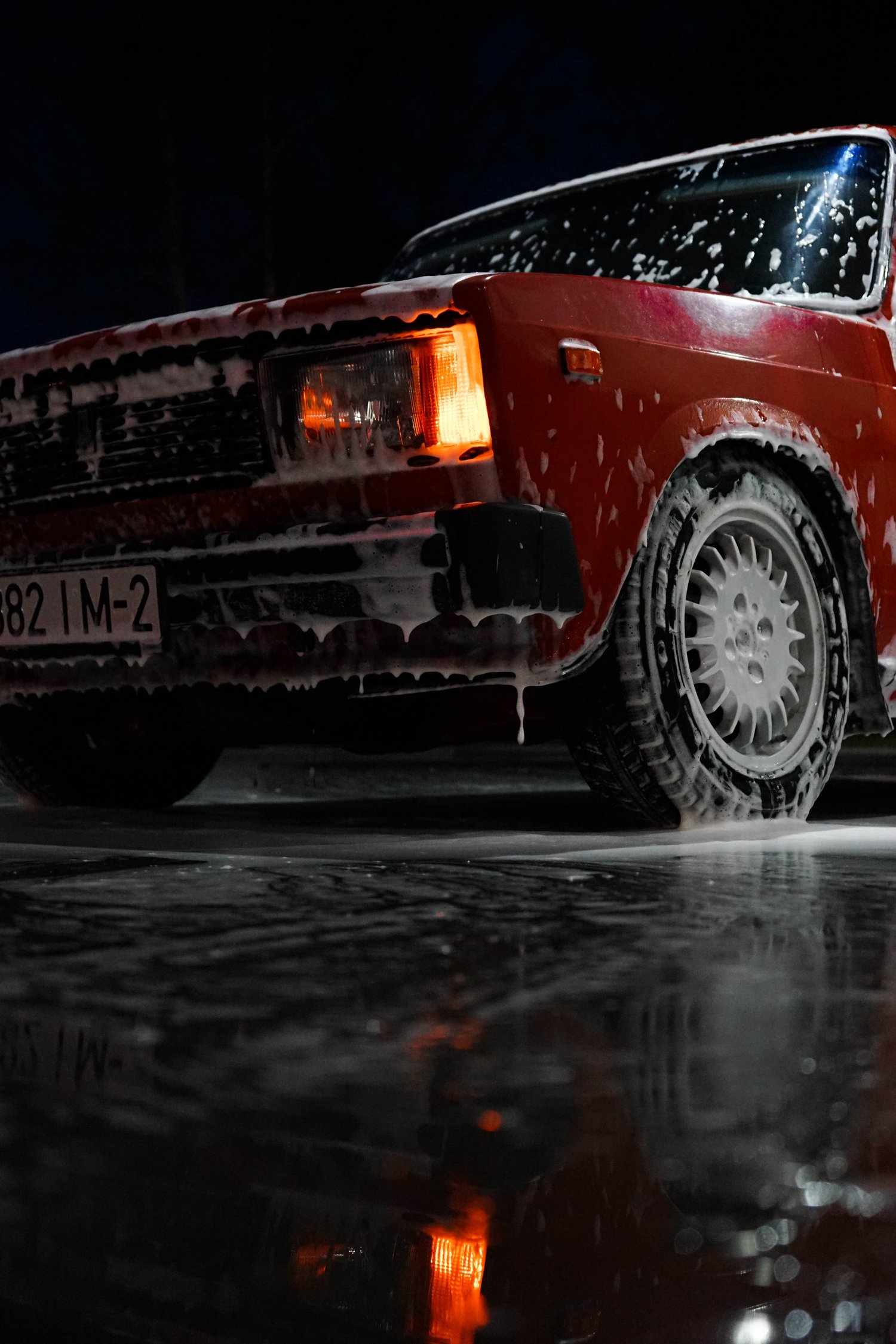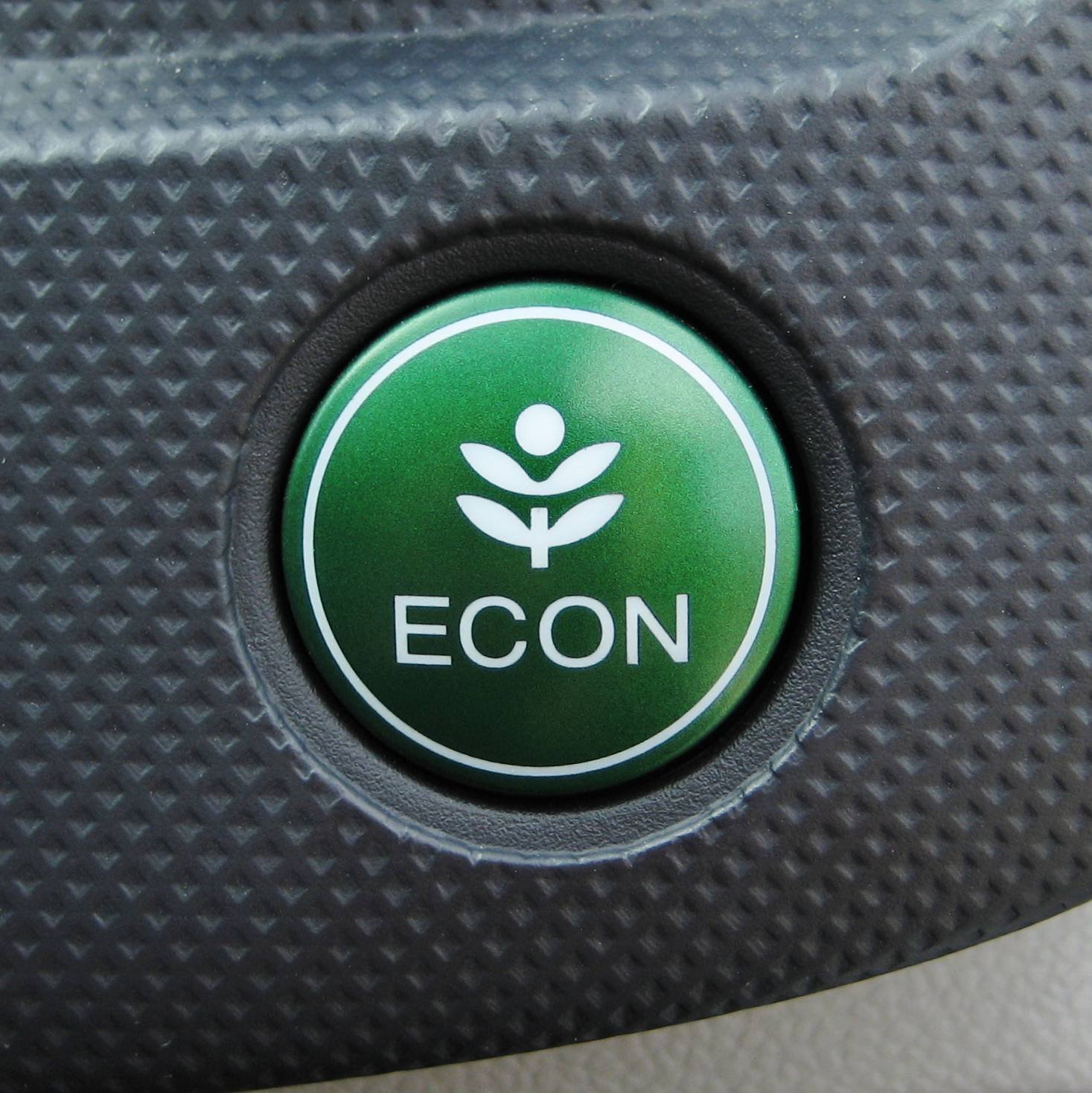Keep yourself up-to-date
Blog
Hear it from us!
4 cool tips to maintain your EV’s battery during winters.
Dec 13

Like we all know that Electric vehicles consist of battery packs and batteries consist of chemical reactions. Now, Temperature is a major factor that decides how these chemical reactions behave. As the temperature decreases, the molecules become cold and move slowly, as a result of which the chemical reaction doesn’t occur as fast as compared to normal weather conditions. Furthermore, the minimum energy requirement that must be met for a chemical reaction to occur is called the activation energy and more molecules possess this energy in warmer temperatures.
As said by Anna Stefanopoulou, director of the University of Michigan’s Energy Institute, “Batteries are like humans”. They prefer the same sort of temperature range that people do. Anything below 40 or above 115 degrees Fahrenheit and they’re not going to deliver their peak performance. They like to be around 60 to 80 degrees. As the temperature drops, the electrolyte fluid inside the battery cells becomes more sluggish. “You don’t have as much power when you want to discharge,” says Stefanopoulou. “The situation is even more limited when you want to charge.
So if you own an EV and are already biting your nails before you read the rest of this article, take a deep breath, as we have it all figured out.
Here are 4 cool ways to take care of your EV during winters:
1). Heat the car’s cabin and warm up the battery while the car gets charged.
Your car needs to warm up too!
The car’s driving range is a major concern for EV drivers during winters. Preconditioning your car can help extensively here. To maximize your car’s driving range, turn on the heat around 30 mins early and heat the car’s cabin temperature while the car is plugged in. This means that no surplus energy will be used from the battery, while the car’s on the road.

2.) Avoid parking outdoors. Use a Garage if possible.
Your EV needs a warm shelter during winter. Reason? Because the warmth of the garage will help keep the battery charged for longer. This is mainly because the chemical reactions in a battery slow down in cold weather. Hence, if there’s an opportunity to park indoors, be it at malls or events, choose to park indoors during winters.

3.) Do a routine tyre checkup
A recent study from ExxonMobil showed in order for EVs to maximize the full potential of its battery range, it’s crucial to maintain optimal air pressure. The proper pressure can increase the vehicle’s energy efficiency by 3% to 7%.
So the tyre pressure drops as the ambient temperature falls. This results in greater rolling resistance and reduced mileage range. Hence a routine tyre checkup is required, especially in cold weather conditions.

4.) Push the Eco Mode to go a loooong way.
The Eco Mode feature enables you to extend your battery’s range, especially in cold weather. It helps in boosting mileage through reduced power consumption by limiting the energy supply to the drive motor and cabin heaters. Adding to this, certain EV’s also have a regenerative braking feature which allows you to send more power back to the battery under braking. For the uninitiated, regenerative braking is a way of taking the wasted energy from the process of slowing down a car and using it to recharge the car's batteries. Hence, switch on the eco mode to go on a looong way during winter.

And that’s how you pamper your EV and shower it with love and warmth during winters too. In addition to this, Renon’s battery thermal management system (available for e2 wheeler and e3 wheeler) warms or cools the battery based on weather conditions. So follow the above tips and invest in a high-quality battery with excellent thermal protection, before you freeze in an unwanted situation on the road.
Happy Holiday Season! ❄️